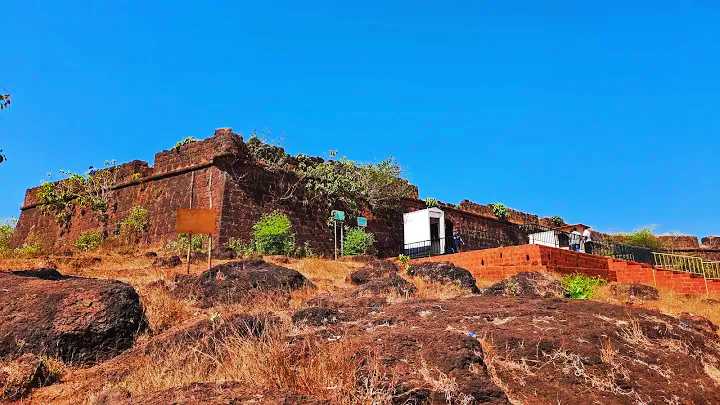
Chapora Fort is strategically located on a prominent headland overlooking the Chapora River in Bardez, North Goa, near the coastal village of Anjuna and Vagator Beach. Perched atop a 200-foot-high hill, the fort offers panoramic views of the Arabian Sea, Vagator Beach to the south, and Morjim Beach to the north.
1. Early Origins and Construction
The site of Chapora Fort has been of military importance for centuries. The original structure was built by the Muslim ruler Adil Shah of Bijapur in the 16th century. It was then called Shahpura, meaning “the town of Shah.” This early fortification was meant to secure the northern frontier of the Bijapur Sultanate against incursions.
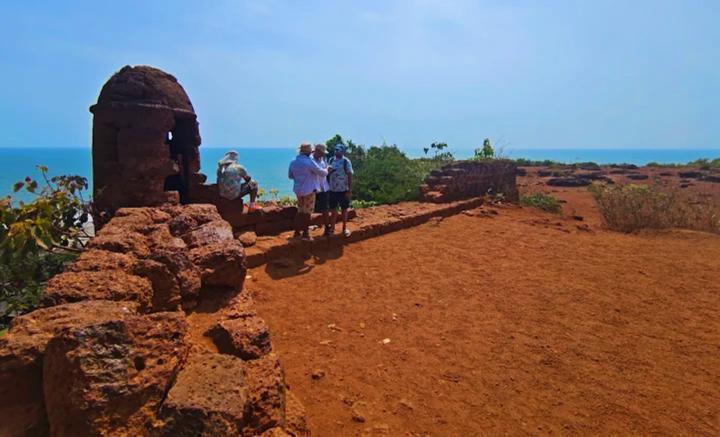
2. Portuguese Era (1617 Onwards)
- In 1617, after defeating the Bijapur Sultanate, the Portuguese captured the fort and reconstructed it to suit their defensive strategies. They reinforced the bastions and adapted it to serve as a watch post against Maratha invasions.
- Due to the challenging terrain and its commanding views, Chapora Fort became a significant northern frontier outpost for Portuguese Goa.
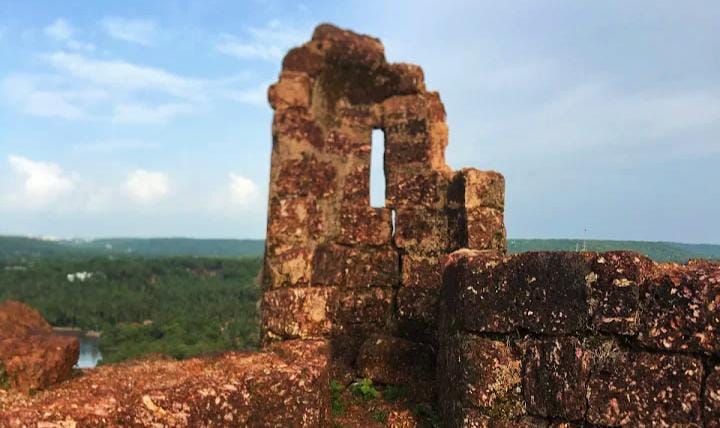
3. Maratha and Portuguese Tug-of-War
- The fort changed hands several times between the Marathas and the Portuguese during the late 17th and early 18th centuries.
- In 1683, the Marathas briefly took over Chapora Fort during their campaign to dislodge the Portuguese from Goa. However, the Portuguese regained control shortly after.
- In 1739, under the Maratha leader Chimaji Appa, the fort was again taken by the Marathas.
- The Portuguese, unwilling to surrender this strategic post, recaptured it by 1741, after which they made significant renovations to bolster its defenses.
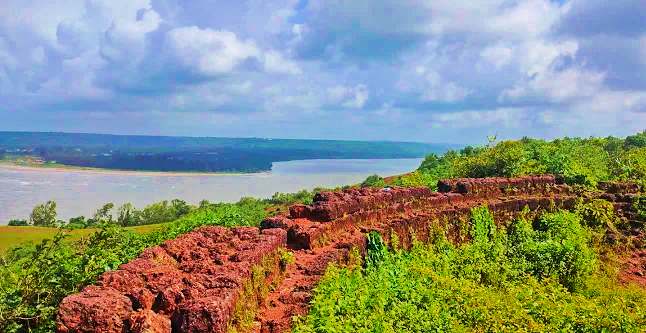
4. Decline and Abandonment
- By the end of the 18th century, the importance of Chapora Fort declined. With the extension of Portuguese territory further north (to the Pernem region), Chapora Fort lost its strategic edge.
- Eventually, the Portuguese abandoned the fort in 1892. Since then, it has remained in ruins, though its stone walls, gates, and several bastions with cylindrical turrets still stand as a testament to its turbulent past.
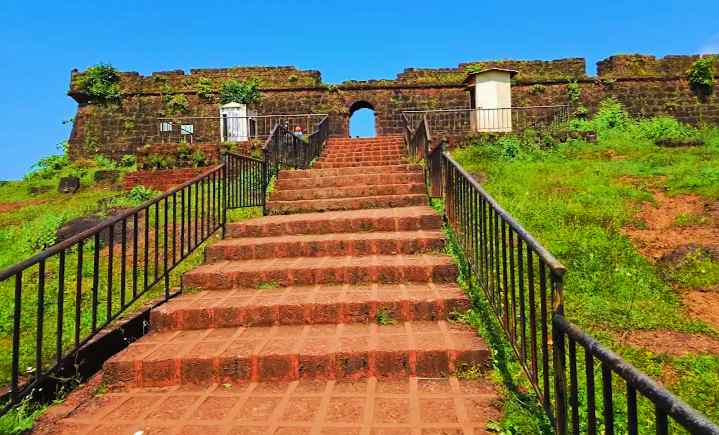
5. Cultural Significance and Modern-Day Popularity
- Chapora Fort gained renewed attention in modern times due to its feature in the 1999 Bollywood film Dil Chahta Hai. This turned the fort into a popular tourist and youth hangout spot.
- Today, it is a prominent heritage site, visited for its sunset views, breezy hilltop environment, and historical ambiance.
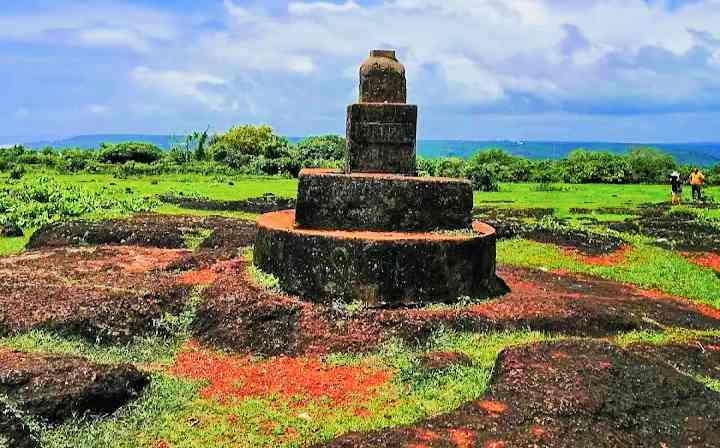
6. Architectural Features
- The fort follows the natural contours of the hill, with steep slopes on all sides.
- It has irregular outer walls, bastions, and a gate that reflects Portuguese military architecture.
- Inside the fort, only the remains of ancient buildings and storage rooms can be seen today.
Conclusion
Chapora Fort is more than just a ruined structure; it is a symbol of Goa’s resistance, colonial past, and cultural revival. Once a vital stronghold in the face of regional power struggles between the Portuguese and Marathas, it now stands as a silent sentinel overlooking the sea, narrating stories of its former glory. From strategic military base to cinematic fame, Chapora Fort remains an enduring landmark in Goa’s historical and cultural landscape.








Add comment